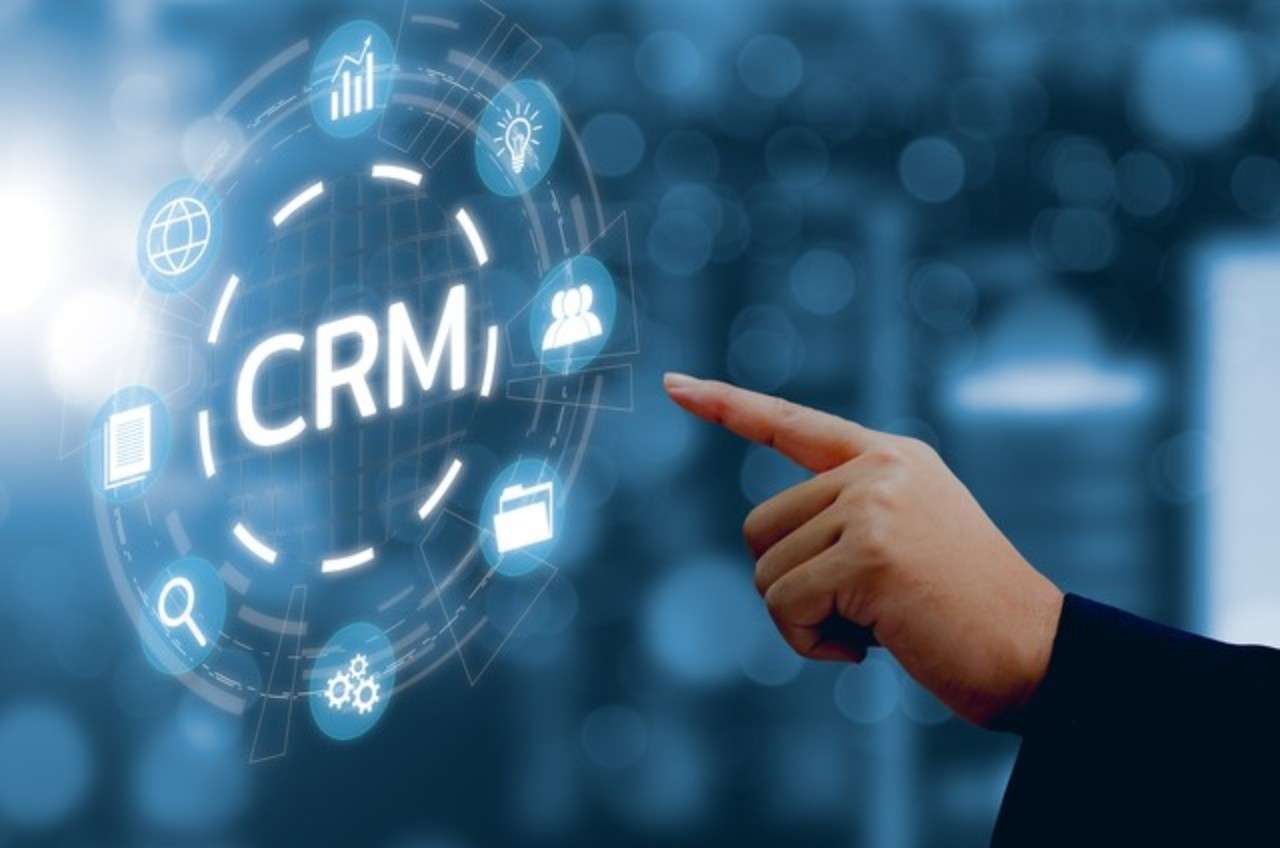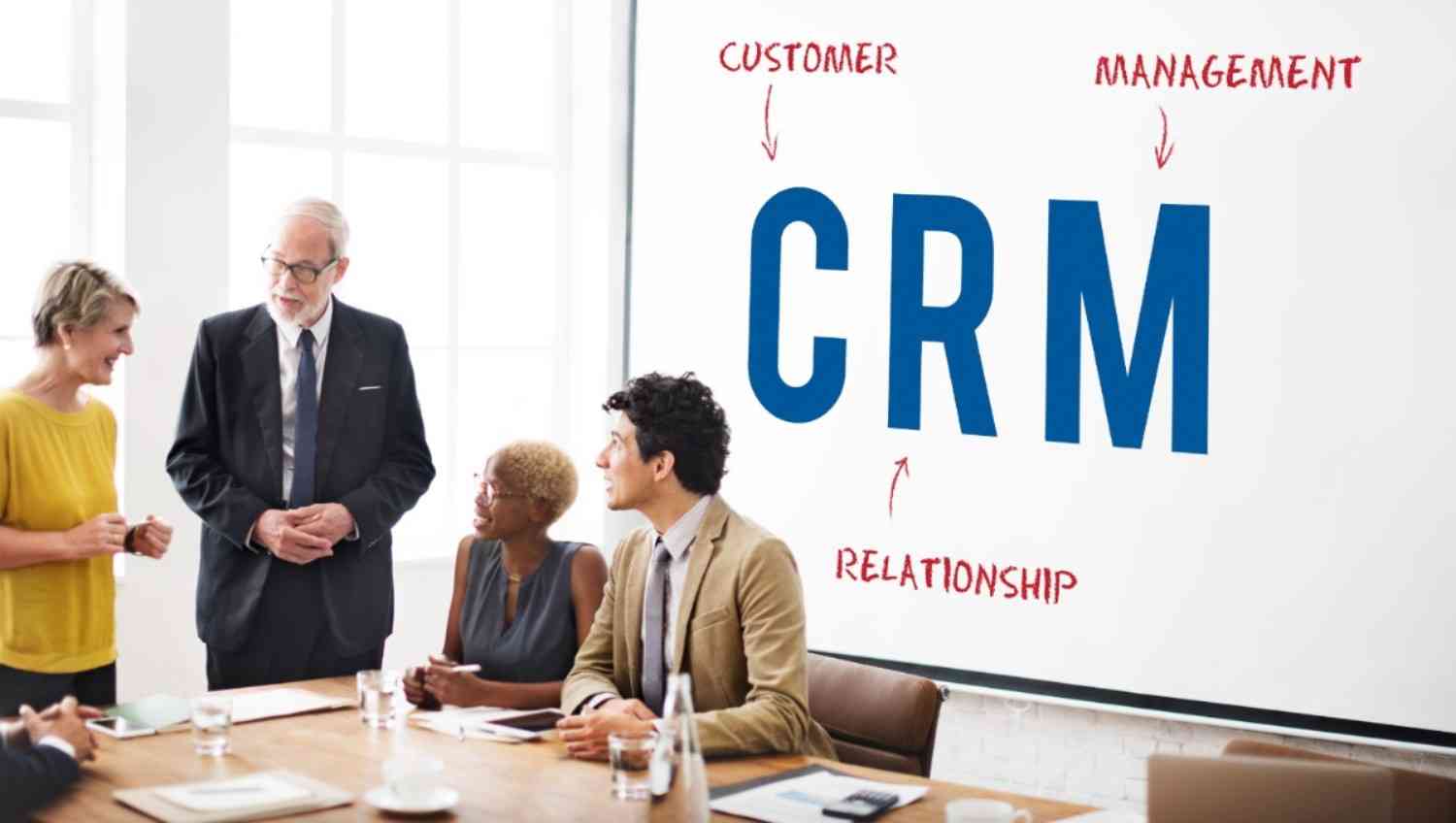
Building a lasting connection with customers goes beyond offering discounts or tracking transactions.
Today’s businesses need tools that enable personalized, meaningful interactions, and at the heart of this effort lies a well-integrated Customer Relationship Management (CRM) system. A CRM’s true power is unlocked when it seamlessly connects with loyalty programs, creating an ecosystem where customer data translates into actionable engagement strategies. This integration isn’t just a technical necessity; it’s a strategic advantage for companies looking to foster deep customer relationships.
The Case for CRM Integration
CRM systems have evolved into essential tools for modern businesses. These platforms do more than store contact information; they act as centralized hubs for understanding and managing customer relationships. When integrated with loyalty programs, CRMs can:
Track Individual Preferences:
Knowing a customer’s favorite products, purchasing patterns, and preferred communication channels makes it easier to create personalized experiences.
Identify and Retain High-Value Customers:
A unified view of customer behavior allows brands to recognize top spenders and reward them accordingly.
Enable Timely Engagement:
Whether it’s a follow-up email after a purchase or a special birthday offer, the ability to act on real-time data can significantly boost satisfaction and loyalty.
Setting the Stage for Successful Integration
Break Down Data Silos
One of the biggest barriers to successful CRM and loyalty integration is data fragmentation. Many companies operate with disconnected systems, resulting in incomplete customer profiles. For example, a customer’s online purchases might not be linked to their in-store activity, or their email preferences might not sync with SMS campaigns.
To address this, businesses should:
Centralize Customer Data:
Invest in platforms that support API integrations, ensuring seamless data flow between CRM and loyalty systems.
Standardize Data Formats:
Use consistent categories and tags for organizing information, which simplifies retrieval and analysis.
Audit Existing Systems:
Identify and address gaps or redundancies in your current data management approach.
Unified data provides a 360-degree view of each customer, which forms the backbone of any effective loyalty strategy.
Align Teams and Processes
Integration is not just a technical project; it requires organizational alignment. Sales, marketing, and customer support teams must work together to ensure the CRM and loyalty program serve shared goals. For instance, marketing might use CRM insights to craft targeted campaigns, while support teams rely on the same data to personalize interactions.
Crafting Loyalty Strategies with CRM Insights
Personalization: A Key Differentiator
Customers are bombarded with generic offers and promotions daily. To stand out, brands need to make their messaging and rewards as personal as possible. CRM systems provide the granular data necessary to create these customized experiences.

Examples of personalized loyalty tactics include:
Rewarding Milestones:
Acknowledge anniversaries, birthdays, or the achievement of specific loyalty tiers.
Product Recommendations:
Suggest products based on purchase history or browsing behavior.
Geo Targeted Offers:
Tailor promotions to a customer’s physical location for greater relevance.
The ability to anticipate customer needs and preferences turns routine interactions into memorable experiences that build trust and loyalty.
Behavior-Driven Rewards
Traditional loyalty programs often focus solely on transactions, but this approach overlooks the value of non-purchase behaviors. Activities like writing reviews, sharing on social media, or attending events can demonstrate brand affinity just as much as spending money.
By leveraging CRM data, companies can:
Reward Advocacy:
Offer points or perks for customers who refer friends or leave positive reviews.
Encourage Social Engagement:
Incentivize followers to share branded content or participate in online challenges.
Promote Sustainable Choices:
Recognize actions that align with the company’s values, such as recycling programs or energy-efficient purchases.
Dynamic Segmentation
CRM systems allow businesses to segment their audience into highly specific categories based on behavior, demographics, and preferences. Instead of treating all customers the same, brands can tailor loyalty initiatives to different groups.
For example:
New Customers:
Offer a welcome bonus or introductory discounts to encourage their first purchase.
Dormant Customers:
Use re-engagement campaigns, such as limited-time offers or personalized emails, to bring them back.
VIP Customers:
Provide exclusive perks like early access to sales or invitations to special events.
Dynamic segmentation ensures that loyalty efforts are both efficient and impactful, delivering the right message to the right audience at the right time.
Overcoming Challenges
Integration Complexity
Not all systems are designed to work together, and integrating CRM with loyalty software can be technically challenging. Issues such as incompatible formats, outdated platforms, or insufficient resources can create roadblocks.
Solution:
Choose platforms that prioritize compatibility. Many modern systems, including Rediem, offer flexible APIs and pre-built connectors to simplify the integration process. Additionally, partnering with experienced developers or consultants can help smooth the transition.
Balancing Personalization with Privacy
Customers are increasingly cautious about how their data is used. While personalization is key to loyalty success, brands must ensure they handle customer information responsibly and transparently.

Solution:
Clearly communicate how data is collected, stored, and used. Offer customers control over their preferences and ensure compliance with regulations like GDPR and CCPA. Trust is a critical component of loyalty, and safeguarding privacy helps maintain it.
Measuring ROI
It’s easy to get lost in the wealth of data generated by CRM and loyalty systems. Without clear metrics, businesses may struggle to assess the effectiveness of their efforts.
Solution:
Focus on actionable KPIs that directly tie to business outcomes, such as:
Repeat Purchase Rate:
How often do loyalty members make subsequent purchases?
Reward Redemption:
Are customers actively using the points or perks they earn?
Churn Rate:
Are loyalty initiatives successfully reducing customer attrition?
Regularly reviewing these metrics ensures that loyalty programs remain aligned with broader business goals.
Trends Shaping the Future of CRM and Loyalty Integration
Artificial Intelligence
AI is no longer a futuristic concept—it’s a practical tool for enhancing customer engagement. From chatbots to predictive analytics, AI-driven solutions help businesses deliver more precise and timely interactions. For instance, AI can identify when a customer is likely to churn and recommend targeted offers to prevent it.
Omnichannel Experiences
Today’s customers expect a seamless experience across multiple touchpoints, including physical stores, websites, apps, and social media. Integrated CRM and loyalty systems ensure that these interactions are consistent and connected. A purchase made in-store should automatically reflect in the customer’s online profile, ensuring they receive credit for their loyalty points regardless of the channel.
Value-Based Loyalty
Customers are increasingly drawn to brands that align with their values. Companies that prioritize sustainability, social responsibility, or inclusivity can incorporate these principles into their loyalty programs. For example, brands might donate a portion of points to charitable causes or offer eco-friendly rewards. CRM systems can track customer preferences and help tailor these initiatives for maximum impact.
Building Long-Term Loyalty
The integration of CRM systems with loyalty programs is not just a technical upgrade—it’s a shift toward deeper, more meaningful customer relationships. By unifying data, personalizing interactions, and adapting in real time, businesses can move beyond transactional loyalty and create lasting connections with their audience.
In a competitive market, this approach offers a clear advantage. It transforms loyalty programs from static points systems into dynamic platforms that foster engagement, advocacy, and growth. For companies willing to invest in the right tools and strategies, the rewards are well worth the effort.

